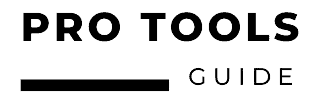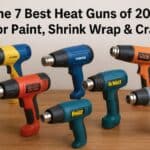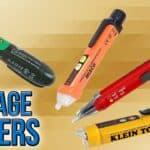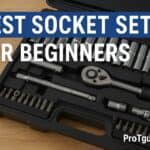Optical range finders are indispensable for professions that require precise distance measurements. Whether you’re engaged in surveying, golfing, hunting, or photography, these devices help improve accuracy and efficiency. With state-of-the-art capabilities, modern range finders offer a multitude of features that enhance their usability. This guide delves into the function of optical range finders, the essential characteristics to look for, and tips on selecting and utilizing the perfect range finder for your needs.
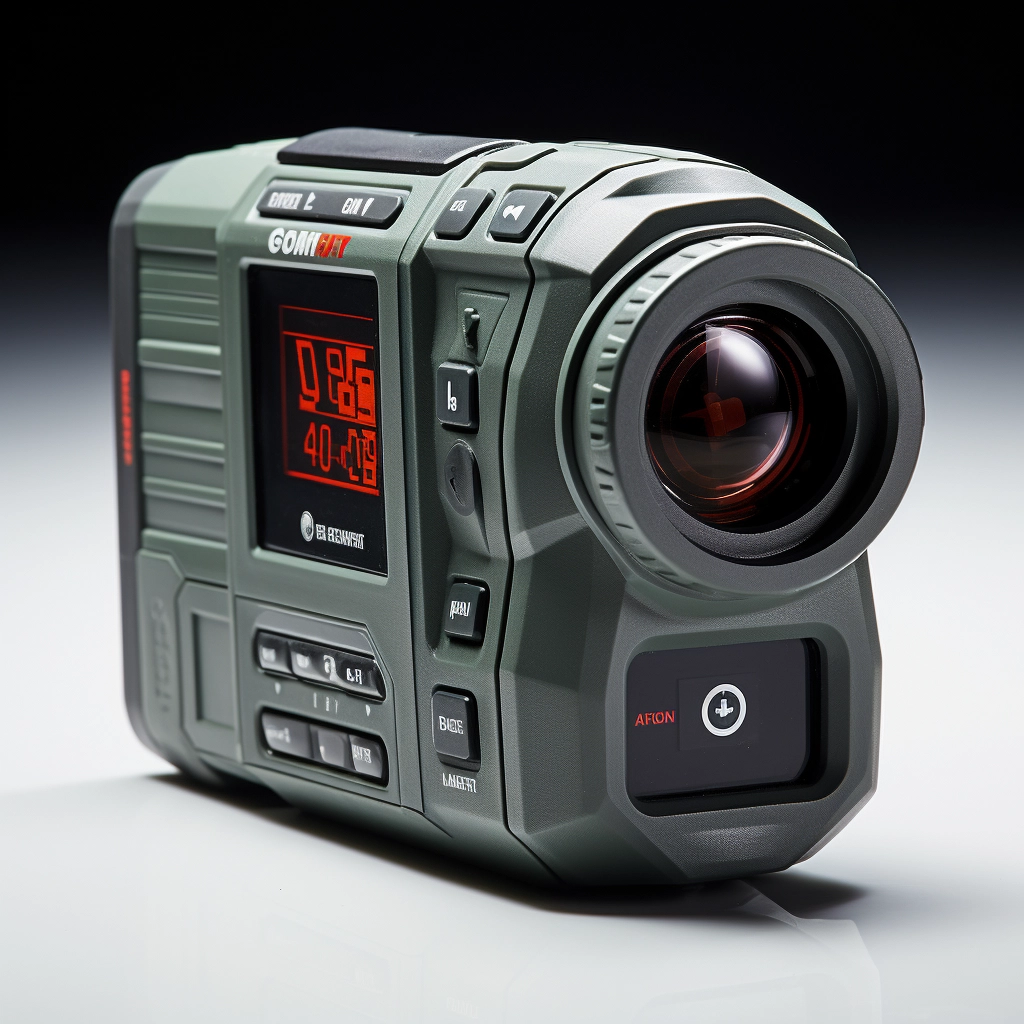
| Key Takeaways: Optical Range Finders Guide |
|---|
| Definition & Use |
| – Measure distances using triangulation |
| – Popular in surveying, golf, hunting, etc. |
| Key Features |
| – Magnification & Lens Quality |
| – User-Friendliness & Portability |
| – Extra Functionalities and High Accuracy |
| Selection Criteria |
| – Purpose of Use |
| – Budgeting for Features & Accuracy |
| – Brand Comparison |
| Additional Gear & Safety |
| – Comfortable, Protective Work Boots |
| – Essential Tools (Screwdrivers, Tester) |
| Maintenance & Storage |
| – Regular Cleaning & Safe Storage |
| Troubleshooting & Repairs |
| – DIY Fixes with Proper Tools |
| – Knowing When to Seek Professional Help |
| Integration with Other Tools |
| – Synergy with Multi-Tools & Power Tools |
| – Application in Advanced Projects |
| Conclusion & Further Reading |
| – Importance of Quality Range Finders |
| – Continual Learning with How-To Guides |
| – Upcoming Innovations & Tool Maintenance |
Understanding Optical Range Finders
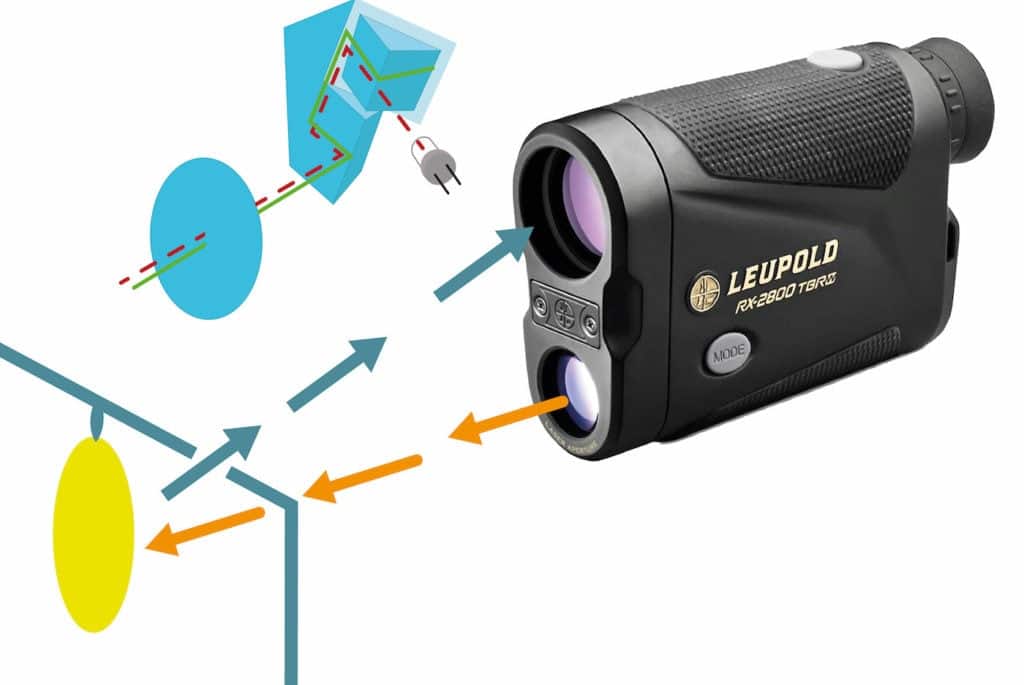
An optical range finder is an instrument used to measure the distance from the observer to a target, using various methods to determine the range. There are several types of range finders, including laser, radar, and ultrasonic, but optical ones typically rely on triangulation using a series of lenses. Due to the simplicity of this method, optical range finders are popular among professionals who require expedient and reliable measurements in their work.
Features to Look For in an Optical Range Finder
When browsing for an optical range finder, certain features are critical to its performance and your satisfaction:
- Magnification and Lens Quality: A higher magnification allows for greater detail, and superior lens quality can result in clearer views and more accurate measurements.
- Ease of Use and Portability: The device should be user-friendly and lightweight enough to carry around without hassle.
- Additional Functionalities: Some range finders come with built-in compasses, inclinometers, or even GPS for enhanced capabilities.
- Accuracy: Verify the specifications for accuracy to ensure the measurements you take are precise.
Choosing the Right Optical Range Finder
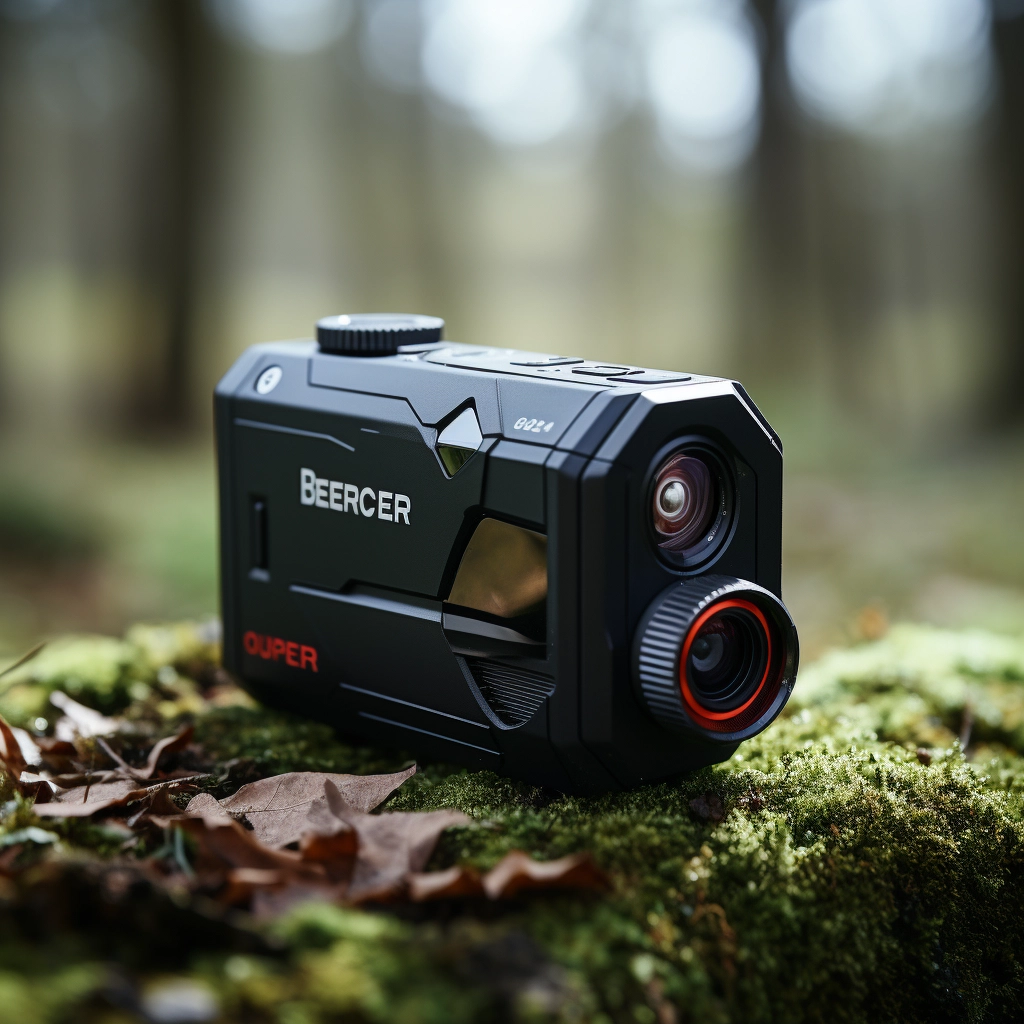
Selecting the ideal optical range finder depends on your specific needs and the environment in which you’ll be using the device. Here are some factors to consider:
- Purpose: Define what you’ll primarily use the range finder for – golfing, hunting, surveying, etc.
- Budget: Determine how much you are willing to spend, keeping in mind that higher-end models typically offer more features and better accuracy.
Some of the top optical range finder models in the market include:
- Bosch GLM100 23 100ft Laser Distance Measurer: Offers state-of-the-art laser technology for accurate measurements.
- Other Leading Brands: Compare other reputable brands to find one that matches your needs and preferences.
The Best Work Boots for Men in 2023
When utilizing optical range finders, especially outdoors, it’s important to prioritize comfort and safety:
- Comfortable Footwear: Ensure that you have comfortable boots that offer stability and support when you’re out in the field.
- Protection: Safety should never be overlooked. Durable work boots protect against elements and accidents while on uneven terrain or rugged landscapes.
Essential Tools and Workwear for Using Optical Range Finders
Besides the range finder itself, you should equip yourself with a variety of tools to aid in your tasks and provide convenience and safety:
- Must-Have Tools:
- Phillips and Flat screwdrivers for adjustments or battery compartment access.
- A Torx screwdriver for specific screws that might be present on certain models.
- A Best Voltage Tester ensures the safety of electronic components.
Maintenance, Storage, and Care
Proper maintenance prolongs the life of your equipment. Below are some tips for keeping your optical range finder in top condition:
- Cleaning: Use microfiber cloths for lenses and suitable cleaning solutions for the body.
- Storage: Invest in quality Tool Boxes to protect the device from damage and dust when not in use.
DIY Tips and Troubleshooting
Even with careful maintenance, you might run into occasional issues:
- Troubleshooting: Familiarize yourself with common problems such as battery issues or lens misalignment, and learn how to solve them.
- Related Tools: Understanding how tools like Voltage Tester Pens and Stud Finders operate can give you insight into basic electronics and measurement principles.
Repair Techniques and When to Seek Professional Help
Here’s what to keep in mind for minor repairs and understanding when professional intervention is necessary:
- DIY Repairs: With the right Power Tools and Hand Tools, you can perform simple fixes at home.
- Signs for Professional Help: If you encounter electronic failures or calibration issues, it may be best to seek help from the manufacturer or a professional repair service.
Integration with Other Tools and Technology
For more complex projects, pairing your range finder with other tools can significantly increase your work’s efficiency and accuracy:
- Measurement Synergy: Combine your range finder with versatile tools such as Multi-Tools, Impact Drivers, and Reciprocating Saws for a complete solution to your project needs.
Advanced Projects Using Optical Range Finders
Range finders can play a significant part in sophisticated constructions and landscaping tasks:
- Construction and Landscaping: Incorporate range finders with Mini Chainsaws for detailed spatial planning and execution.
- Tool Reviews for Advanced Users: Detailed reviews of specific power tools can be invaluable when undertaking advanced projects that require precise measurements and power cutting tools. This includes insights into tools like the Milwaukee Gen 4 M18 Fuel Hammer Drill and the Ridgid 18V Brushless Jigsaw, as well as the Best Nail Guns for your particular needs.
Conclusion
In closing, optical range finders serve a crucial role in countless trades and hobbies, and investing in a high-quality model is a wise decision. Remember to consider your specific needs, operational features, and the right accessories and workwear for the best performance and longevity of your device.
Further Reading and Resources
Stay ahead in your field by enhancing your skills with practical knowledge from How-To Guides. Keep an eye out for promising innovations in range-finding technology, which could make your tasks even more straightforward and precise. Lastly, don’t forget to maintain your range finder with the help of the Best Screwdriver Sets and the accompanying maintenance tips provided.
